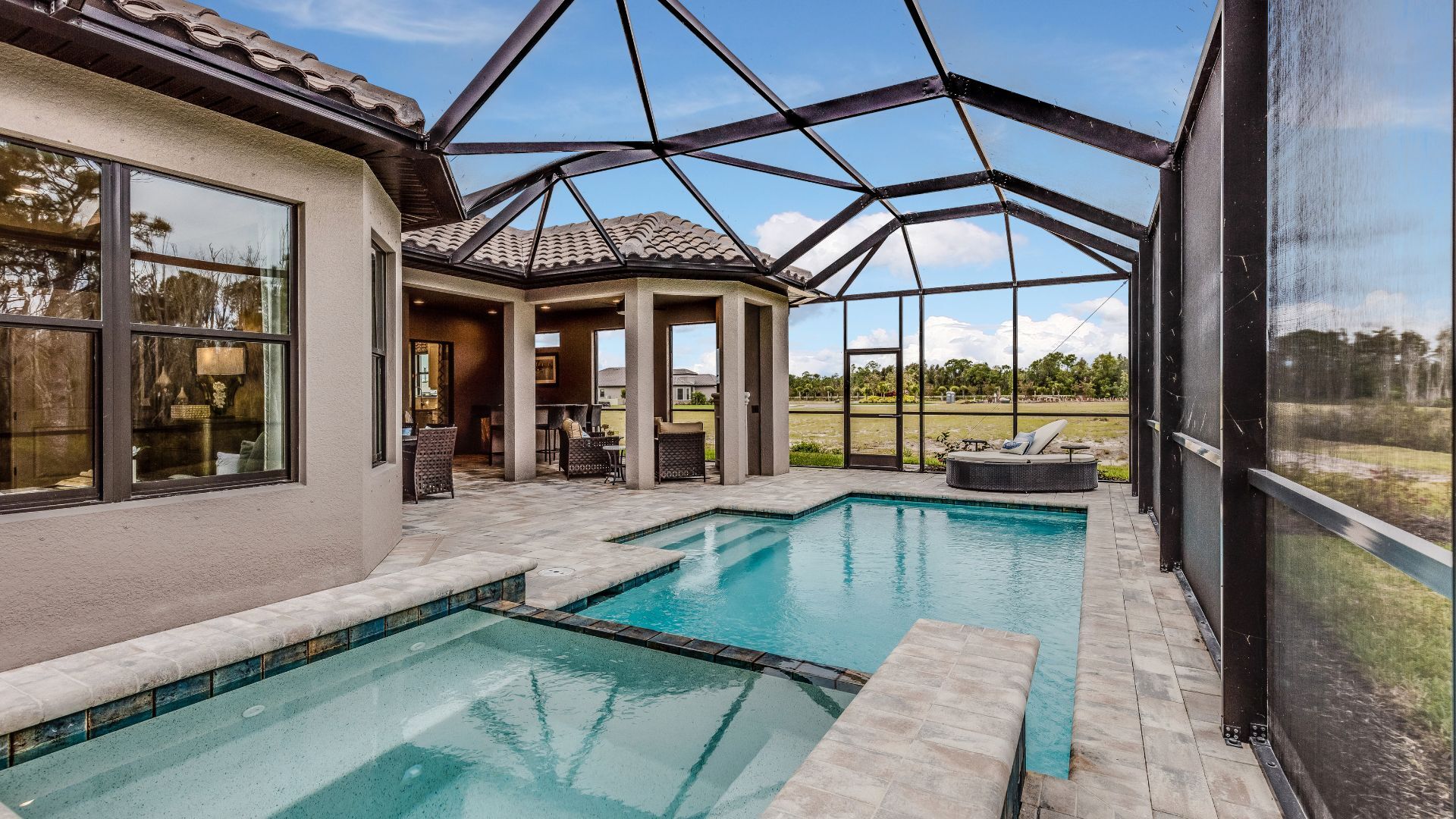US home price growth hit record level in June Home price growth accelerated fastest in Phoenix for the 25th straight month
US home price growth hit record level in June
Home price growth accelerated fastest in Phoenix for the 25th straight month
With little inventory, home-price growth in the U.S. hit a record high in June, rising 18.6% from the same period last year, according to the S&P CoreLogic Case-Shiller Index.
June marked the highest annual rate of home price growth since the index debuted in 1987, beating out the 16.8% annual growth rate logged the month prior, in May 2021.
“While the housing market feels like it has legs that never get tired, inventory and affordability constraints are still expected to put a damper on price growth,” said CoreLogic Deputy Chief Economist Selma Hepp. “Some early data suggests that the buyer frenzy experienced this spring is tapering, though many buyers still remain in the market. Nevertheless, less competition and more for-sale homes suggest we may be seeing the peak of home price acceleration. Going forward, home price growth may ease off but stay in the double digits through year-end.”
The Case-Shiller 10-city home price growth index rose 18.5% over the 12 months that ended in June, compared with a 16.6% increase in May. The 20-city index rose 19.1%, following an annual gain of 17.1% in May.
Price growth occurred in all 20 cities tracked in the Case Shiller Index. As usual, Phoenix was the leader. For the 25th straight month, the desert city saw home-price growth, a 29.3% acceleration in June. San Diego had the second-fastest growth at 27.1%, while Boston, Charlotte, Cleveland, Dallas, Denver and Seattle all recorded record-high annual price gains. The lowest rate of home price growth occurred in Chicago, which saw an increase of 13.3% from June 2020.
Fueling the home-buying process with certainty
How can we innovate and leverage technology to make the real estate transaction even better? By fueling the process with certainty.
Presented by: Flueid
“We have previously suggested that the strength in the U.S. housing market is being driven in part by
reaction to the COVID pandemic, as potential buyers move from urban apartments to suburban homes,” said Craig Lazzara, Managing Director and Global Head of Index Investment Strategy at S&P DJI.
“June’s data are consistent with this hypothesis. This demand surge may simply represent an acceleration of purchases that would have occurred anyway over the next several years. Alternatively, there may have been a secular change in locational preferences, leading to a permanent shift in the demand curve for housing. More time and data will be required to analyze this question.”
Another report on home-price growth released by the Federal Housing Finance Agency this week pointed to an 18.8% increase in home prices in June from a year earlier.
Looking forward, there are signs that the market is cooling a bit, according to Zillow Economist Matthew Speakman. “
Demand for housing continues to far outweigh the supply of homes for sale: Competition remains elevated, and homes are still going under contract more than a week faster than they were a year ago. But despite the enduring market competition, more-recent data indicate that the scalding hot housing market may have cooled slightly in recent weeks,” Speakman said.
“The number of for-sale homes has risen meaningfully since the early spring and the increased listings have appeared to bring some balance back to the market. Sales volumes that were falling sequentially in the spring have recently leveled off and price growth has simultaneously softened. All told, home price growth remains sky high, but more signals are appearing that the housing market is likely to soon start coming back to earth.”
The National Association of Realtors earlier this month reported that the median existing-home sales price in July rose 17.8% annually to $359,900.
Start Your Loan
with DDA todayYour local Mortgage Broker
Mortgage Broker Largo See our Reviews
Looking for more details? Listen to our extended podcast!
Check out our other helpful videos to learn more about credit and residential mortgages.





